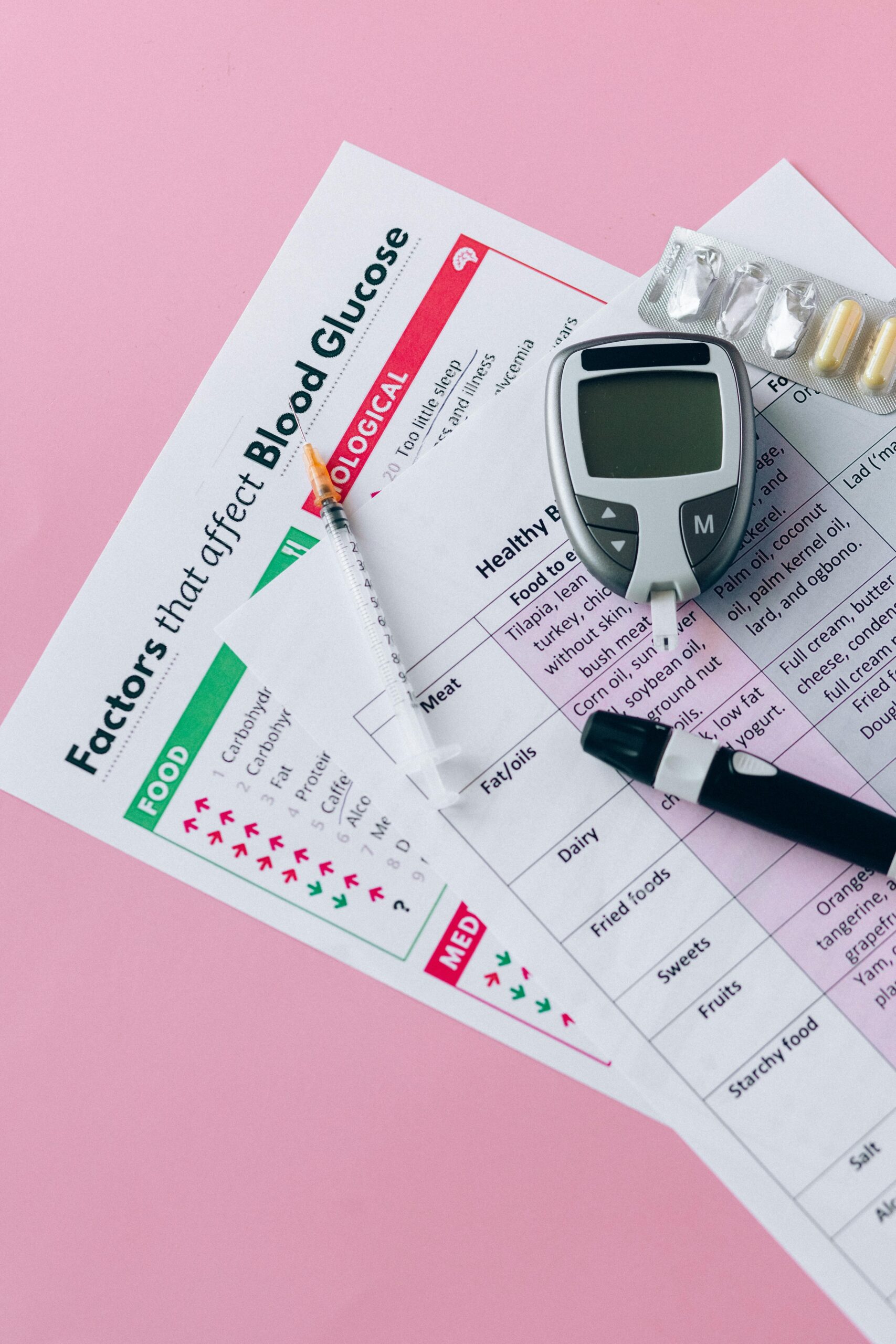The DASH Diet: A Science-Backed Approach to Combat Hypertension
Hypertension, or high blood pressure, affects millions worldwide and is a leading risk factor for heart disease and stroke. Amidst countless dietary trends, the DASH Diet (Dietary Approaches to Stop Hypertension) stands out as a rigorously researched and medically endorsed eating plan designed to lower blood pressure and improve overall health. Developed by the National Institutes of Health (NIH), the DASH Diet emphasizes nutrient-rich foods like fruits, vegetables, whole grains, and lean proteins while reducing sodium, saturated fats, and processed sugars. This article explores the principles of the DASH Diet, its scientific foundation, practical implementation strategies, and the broader health benefits it offers beyond hypertension management. Whether you’re battling high blood pressure or seeking a sustainable, heart-healthy lifestyle, understanding the DASH Diet could be transformative.
Understanding the Core Principles of the DASH Diet
The DASH Diet prioritizes foods rich in potassium, calcium, magnesium, fiber, and protein—nutrients proven to counteract hypertension. It encourages daily servings of fruits (4-5), vegetables (4-5), whole grains (6-8), and low-fat dairy (2-3), while limiting sodium intake to 1,500–2,300 mg per day. Red meat, sugary beverages, and high-sodium snacks are minimized. Unlike restrictive fad diets, DASH focuses on balance and moderation, making it adaptable to diverse cultural and personal preferences. For instance, swapping processed snacks for nuts or replacing refined grains with quinoa aligns with its framework. By emphasizing whole foods and reducing empty calories, the diet addresses both blood pressure and metabolic health.
The Science Behind DASH and Hypertension
Hypertension often stems from excess sodium, which causes fluid retention and increased arterial pressure. The DASH Diet counters this by promoting potassium-rich foods (e.g., bananas, spinach), which help kidneys excrete sodium. Studies, including NIH-funded trials, show that adherents can lower systolic blood pressure by 8–14 points within weeks—comparable to some medications. Additionally, the diet’s high fiber content improves vascular function, while magnesium and calcium support muscle relaxation in blood vessels. A 2020 meta-analysis in Nutrients confirmed that DASH not only reduces blood pressure but also lowers LDL cholesterol and inflammation markers, underscoring its cardiovascular benefits.
Beyond Blood Pressure: Additional Health Benefits
While hypertension is its primary target, the DASH Diet offers systemic advantages. Its emphasis on whole grains and plant-based foods aligns with diabetes management by stabilizing blood sugar. The low saturated fat profile supports weight loss and reduces obesity-related risks. Research in the Journal of the American College of Cardiology also links DASH to a 20% lower risk of heart failure. Furthermore, the diet’s antioxidant-rich components may slow cognitive decline and improve gut health. By addressing multiple facets of wellness, DASH transcends its original purpose, serving as a holistic nutritional blueprint.
Practical Steps to Adopt the DASH Diet
Transitioning to the DASH Diet requires gradual, sustainable changes. Start by:
- Tracking sodium intake and replacing processed foods with fresh alternatives.
- Incorporating one extra fruit or vegetable serving daily.
- Choosing whole-grain bread or brown rice over refined options.
- Experimenting with herbs and spices instead of salt for flavor.
Meal prepping and reading nutrition labels can simplify adherence. For example, a DASH-friendly day might include oatmeal with berries for breakfast, a spinach salad with grilled chicken for lunch, and baked salmon with quinoa and roasted vegetables for dinner. Many find that the diet’s flexibility and focus on satiety make it easier to maintain long-term compared to calorie-counting regimens.
Conclusion: Embracing DASH for Lifelong Health
The DASH Diet is more than a short-term fix—it’s a sustainable, evidence-based strategy to combat hypertension and enhance overall well-being. By prioritizing nutrient-dense foods and minimizing sodium and unhealthy fats, it addresses the root causes of cardiovascular strain while offering broader metabolic and cognitive benefits. Its adaptability makes it accessible to diverse lifestyles, and its efficacy is backed by decades of research. Whether you’re at risk for hypertension or simply seeking a balanced diet, DASH provides a practical, science-backed path to healthier living. As with any dietary change, consistency is key: small, incremental shifts can yield profound, lasting results for your heart, body, and mind.
